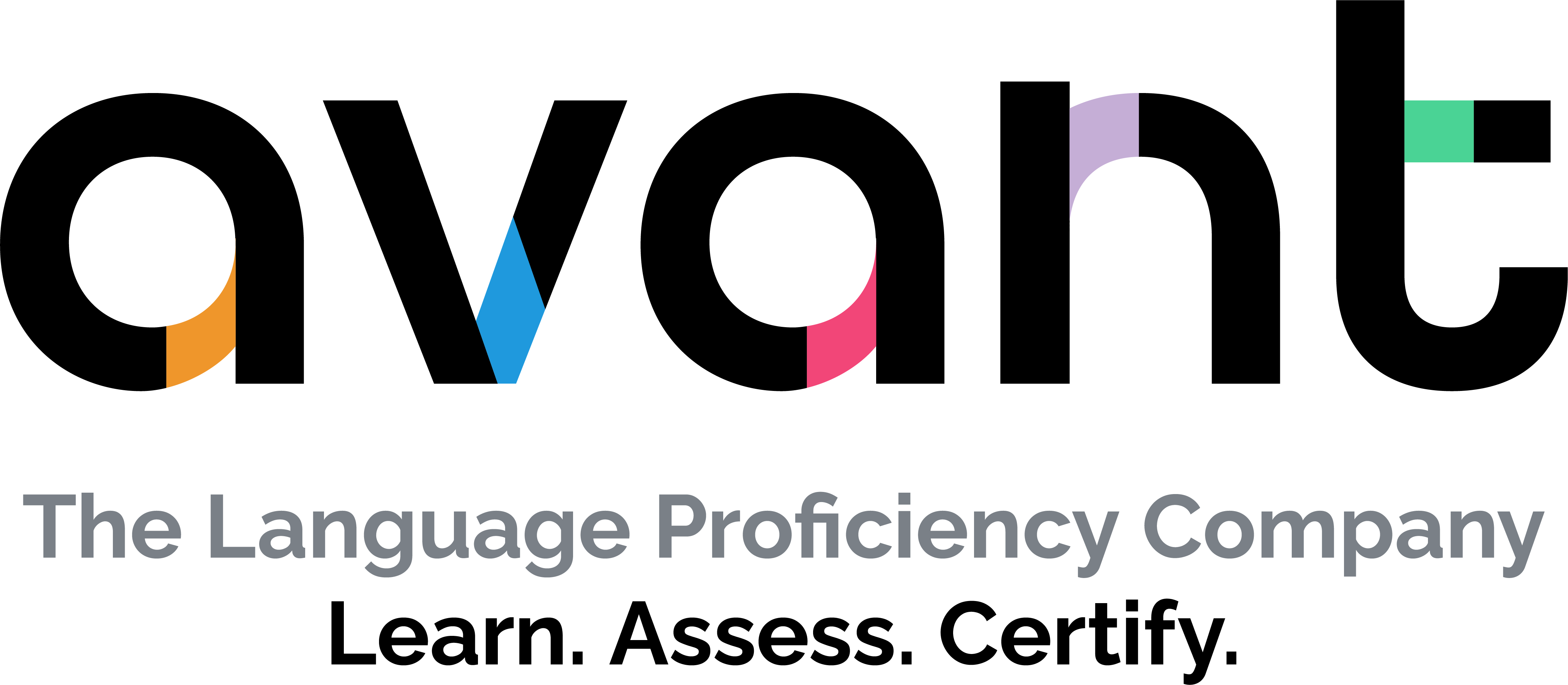Dive Brief:
-
High school graduation rates for English learners were trending upward overall for the past decade and continued to rise just prior to the pandemic, according to federal data shared by the U.S. Department of Education in June.
-
However, English learners’ 71% graduation rate was less than the 86% graduation rate for all students in the 2019-20 school year.
-
State-level graduation rates for English learners vary significantly across the nation, with a high of 89% in Indiana and a low of 39% in New York. The median state-level high school graduation rate for English learners was 69%.
Dive Insight:
States with higher English learner graduation rates also had smaller gaps when compared to graduation rates for all students. In New York, for example, the difference between English learners' graduation rates and those for all students was a high of 44 percentage points.
Meanwhile, New Mexico — which is among states with the highest English learner graduation rates — had only a one percentage point difference compared to graduation rates for all students.
"Given that evidence has shown that the pandemic had particularly significant effects on multilingual learners and their education, it is not surprising to see these data from school year 2019-2020 as the COVID pandemic began," said David Holbrook, executive director of the the National Association of English Learner Program Administrators, in an emailed statement to K-12 Dive.
The Education Department's data on graduation rates "support the importance for educators at all levels within our nation's schools and districts to provide robust, ongoing, and differentiated supports to multilingual learners," the organization added.
Assessment performance is another academic achievement metric for English learners that has worried advocates and district leaders alike. While English learners’ scores were on the incline prior to the pandemic, school closures during COVID-19 and subsequent staffing shortages were expected to have impacted the achievement of English learners, among other student subgroups.
During the pandemic, district leaders found it was particularly difficult to maintain communication and relationships with English learners and their families, some of whom didn't want to engage in virtual learning. Language barriers and virtual screening and identification also posed a challenge.
Considering the extent of these challenges, some district leaders worried that English learners' needs were not meaningfully included in discussions about how to spend relief money meant for this student subgroup, including funds from the American Rescue Plan.
However, and perhaps as a surprise to testing experts, English learners in 8th grade saw reading scores increase on the National Assessment of Educational Progress, results for which were released last year. Other students' declines in performance on the exam spanned nearly all subgroups in both math and reading.
The pandemic may have also impacted states' ability to collect data, including on graduation rates, according to the Education Department’s analysis.
National graduation rates for the 2020-21 school year are expected to be released this fall.














